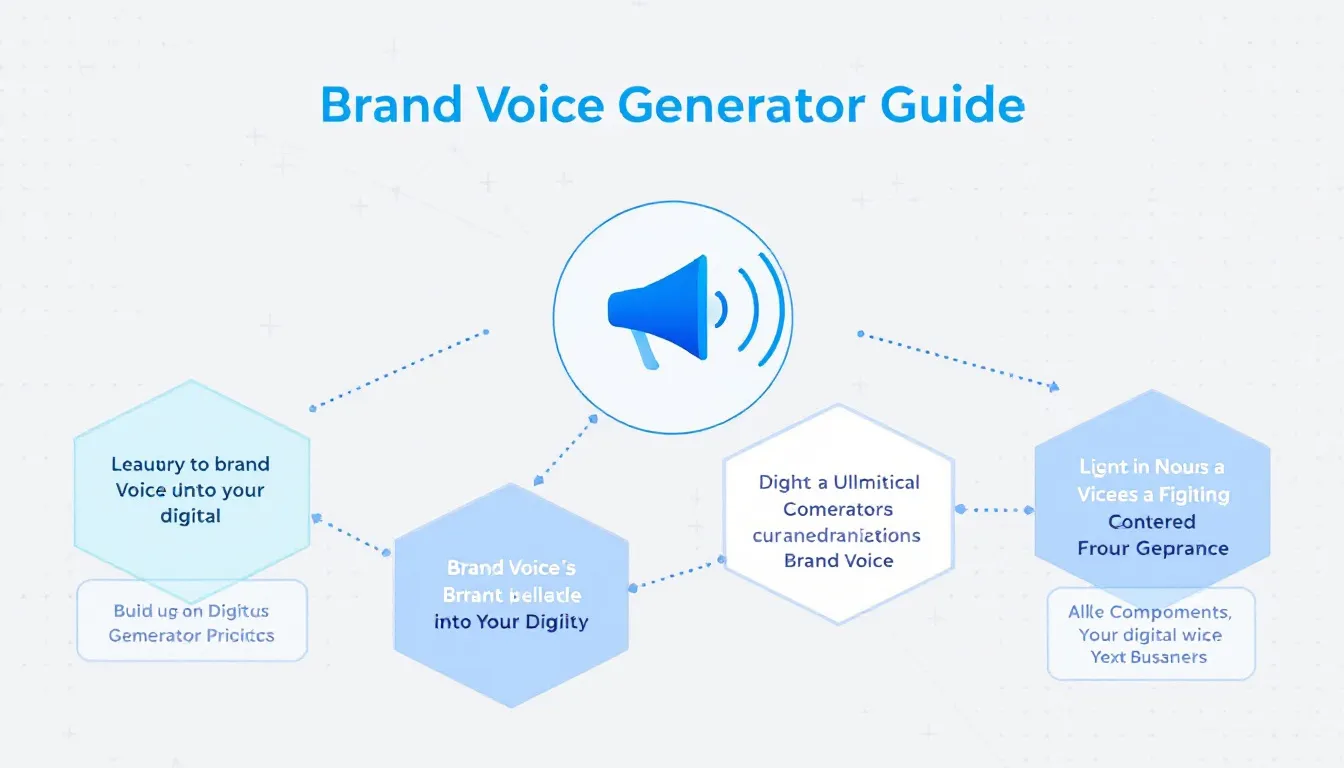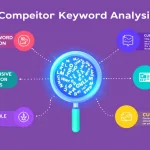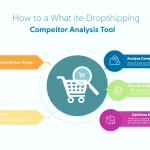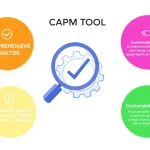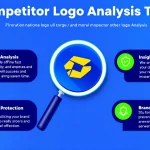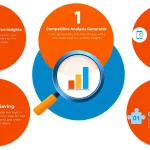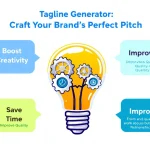Is this tool helpful?
How to Use the Brand Voice and Tone Guide Generator
The Brand Voice and Tone Guide Generator features several key input fields that help create a comprehensive and personalized brand voice guide. Here’s a detailed walkthrough of each field and how to use them effectively:
Brand Name
Enter your company’s official name as it should appear in all communications. For example:
- “EcoVibe Essentials” – A sustainable lifestyle brand
- “TechFusion Solutions” – An enterprise software company
Target Audience
Describe your ideal customers in detail, including:
- Demographics (age, location, income level)
- Psychographics (interests, values, lifestyle)
- Behavioral characteristics (shopping habits, media consumption)
Sample target audience descriptions:
- “Health-conscious millennials (25-40) living in metropolitan areas, earning $60,000+annually, who prioritize wellness and sustainable living”
- “Small business owners and entrepreneurs aged 35-55, tech-aware but not necessarily tech-savvy, seeking efficiency solutions”
Brand Values
List 3-5 core principles that define your brand’s identity. Examples:
- “Environmental stewardship, social responsibility, transparency, innovation”
- “Customer empowerment, simplicity, reliability, continuous improvement”
Understanding Brand Voice and Tone Guides
A brand voice and tone guide is a strategic document that defines how your brand communicates with its audience across all channels and touchpoints. It ensures consistency in communication while maintaining authenticity and building brand recognition.
Components of an Effective Brand Voice Guide
- Voice characteristics
- Tone variations
- Communication principles
- Language guidelines
- Content examples
Benefits of Using the Brand Voice Generator
Consistency Across Channels
A unified brand voice helps maintain consistency across:
- Social media platforms
- Website content
- Marketing materials
- Customer service communications
- Internal documents
Time and Resource Optimization
The generator helps organizations:
- Reduce time spent on content creation
- Minimize revision cycles
- Streamline team collaboration
- Accelerate content approval processes
Enhanced Brand Recognition
Consistent brand voice contributes to:
- Increased brand recall
- Stronger brand identity
- Improved customer trust
- Better audience engagement
Practical Applications and Use Cases
Startup Brand Development
New businesses can use the generator to:
- Establish brand guidelines from scratch
- Define communication standards
- Create content templates
- Train team members
Brand Refresh Projects
Established companies can utilize the tool for:
- Updating brand communication strategies
- Aligning voice with evolved values
- Modernizing tone for current audiences
- Standardizing communication across departments
Multi-Channel Marketing Campaigns
Marketing teams can leverage the guide for:
- Creating consistent campaign messaging
- Developing platform-specific content
- Maintaining brand authenticity
- Training new content creators
Implementation Strategy
Step-by-Step Integration
- Generate your brand voice guide
- Share with all stakeholders
- Conduct team training sessions
- Create content templates
- Implement review processes
Measuring Success
Track the following metrics to evaluate effectiveness:
- Brand sentiment analysis
- Content engagement rates
- Customer feedback scores
- Team adoption rates
Frequently Asked Questions
How often should I update my brand voice guide?
Review and update your brand voice guide annually or when significant changes occur in your business strategy, target audience, or market positioning.
Can multiple team members use the same brand voice guide?
Yes, the guide is designed for team-wide use and helps maintain consistency across all content creators and communicators.
Should I create different voice guides for different channels?
While the core voice remains consistent, you can adapt tone variations for different channels while maintaining your brand’s fundamental characteristics.
How do I ensure my team follows the brand voice guide?
Implement regular training sessions, create content templates, and establish a review process to maintain consistency with your brand voice guidelines.
Can I use the guide for international markets?
Yes, the guide can be adapted for different markets while maintaining core brand values and voice characteristics. Consider cultural nuances when localizing.
How detailed should my target audience description be?
Provide comprehensive details about demographics, psychographics, and behavioral characteristics to ensure accurate voice alignment with audience preferences.
What if my brand serves multiple audience segments?
Focus on common values and characteristics across segments while noting specific tone adjustments needed for different audience groups.
How do I maintain authenticity while following the guide?
The guide serves as a framework rather than strict rules, allowing for natural variation while maintaining core brand characteristics.
Important Disclaimer
The calculations, results, and content provided by our tools are not guaranteed to be accurate, complete, or reliable. Users are responsible for verifying and interpreting the results. Our content and tools may contain errors, biases, or inconsistencies. We reserve the right to save inputs and outputs from our tools for the purposes of error debugging, bias identification, and performance improvement. External companies providing AI models used in our tools may also save and process data in accordance with their own policies. By using our tools, you consent to this data collection and processing. We reserve the right to limit the usage of our tools based on current usability factors. By using our tools, you acknowledge that you have read, understood, and agreed to this disclaimer. You accept the inherent risks and limitations associated with the use of our tools and services.
